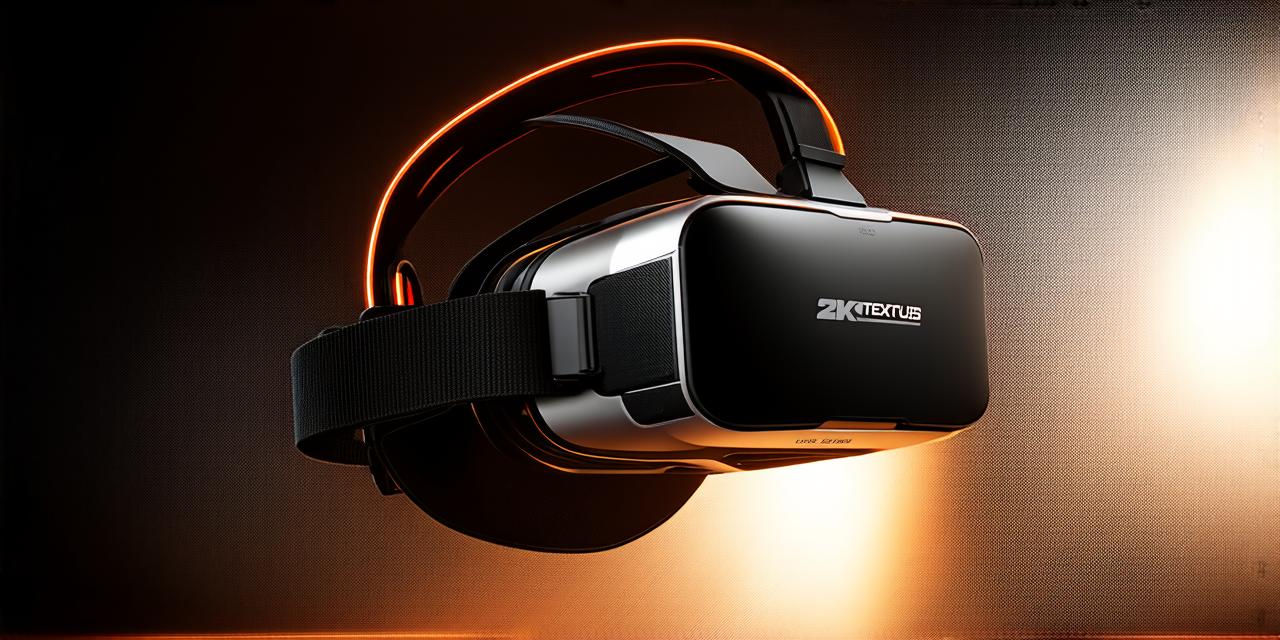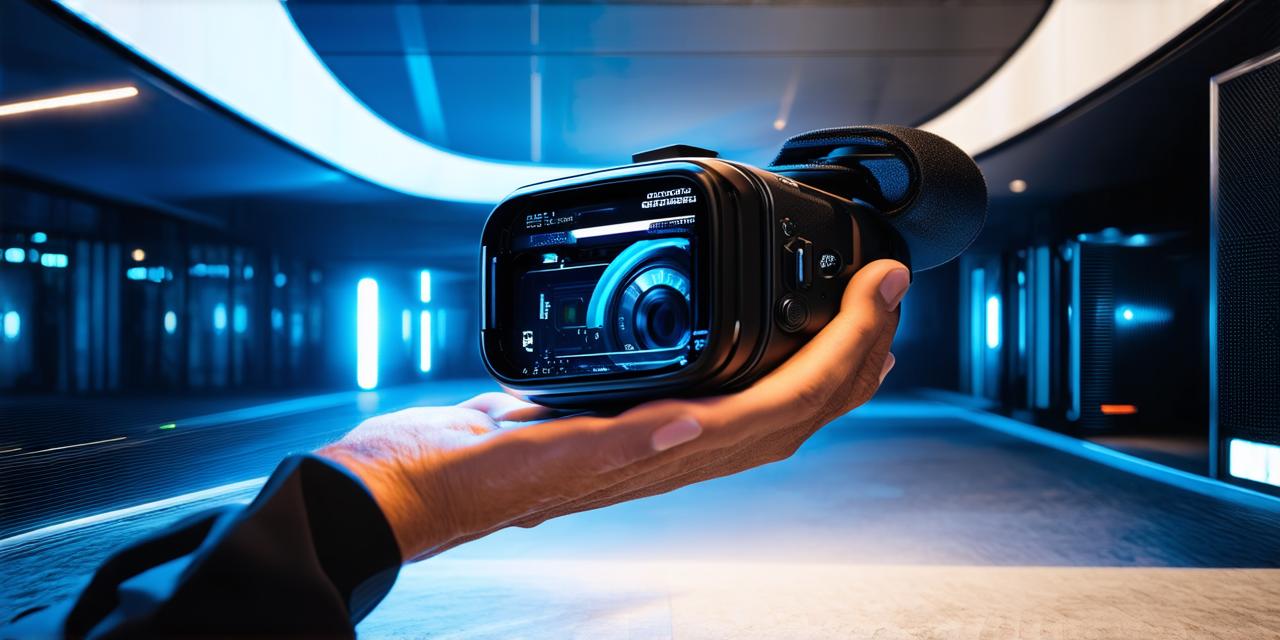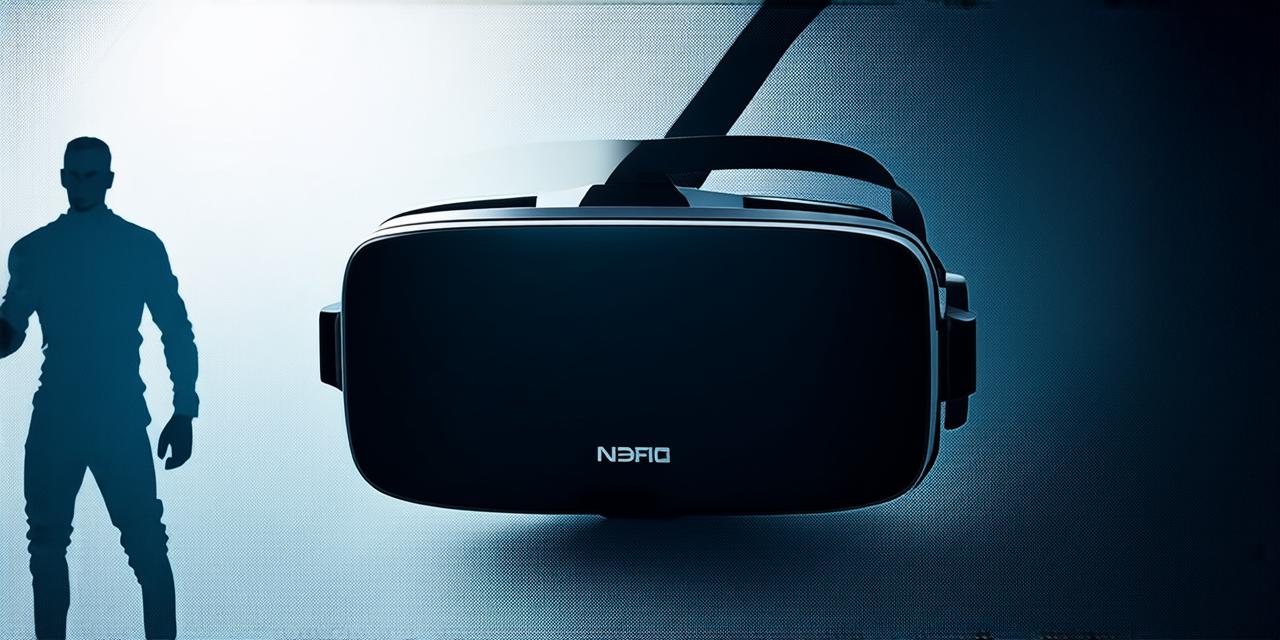Virtual Reality (VR) technology has been rapidly evolving in recent years. With the development of immersive VR experiences, users can now escape into virtual worlds and engage with digital content in a way that was previously impossible.
However, the potential of VR goes beyond just entertainment and gaming; it also has the potential to revolutionize the way we interact with the physical world.
The Power of VRAR
Virtual reality technology has been advancing rapidly in recent years, with more immersive experiences becoming available for users. However, there is still a significant gap between the level of immersion that VR can provide and the real world. This is where AR comes in.
By allowing users to interact with digital content in the real world, AR technology can create a seamless transition between virtual and physical environments.
The ability to merge VR and AR has the potential to revolutionize the way we interact with our surroundings. For example, imagine being able to try on clothes virtually before buying them, or being able to visualize furniture in your home without actually purchasing it first. These are just a few examples of the ways that VRAR technology can enhance our daily lives.
Case Studies: How VRAR is Changing the Game
There are already many examples of how VRAR technology is being used to enhance our daily lives. Here are a few case studies that demonstrate the potential of this technology.
Virtual Try-On
One of the most popular uses for AR technology is virtual try-on. This allows users to try on clothes virtually before buying them, which can save time and money. For example, IKEA’s AR app allows users to visualize furniture in their home without actually purchasing it first.
Remote Assistance
Another area where VRAR technology is being used is remote assistance. By overlaying digital content onto the real world, AR can help provide users with more information and guidance when performing complex tasks. For example, a surgeon could use AR to visualize a patient’s anatomy while performing surgery, which could improve the accuracy and safety of the procedure.
Education and Training
AR technology is also being used in education and training. By overlaying digital content onto the real world, AR can help create more immersive and interactive learning experiences. For example, a student could use an AR app to visualize the human body while studying biology, or a pilot could use an AR simulator to practice flying in a safe environment.
Real Estate

AR technology is also being used in the real estate industry to enhance property listings and provide virtual tours. For example, an AR app could allow users to virtually walk through a property and see how it would look furnished or decorated.
The Future of VRAR
As VR technology continues to advance, there is no doubt that we will see even more exciting and innovative uses for this technology. The convergence of virtual reality and actual reality has the potential to revolutionize the way we interact with our surroundings. Whether it’s trying on clothes virtually, receiving remote assistance, or learning new skills, VRAR technology has the potential to enhance our daily lives in countless ways.
As AR developers, it’s important to stay up-to-date with the latest developments in VR and AR technology. By incorporating these technologies into your projects, you can create more immersive and interactive experiences for users. Whether you’re creating a virtual try-on app or an AR-enhanced real estate listing, there are endless possibilities for how VRAR can be used to enhance our daily lives.
In conclusion, the intersection of virtual reality and actual reality is an exciting and rapidly evolving field. By harnessing the power of VR and AR, we can create more immersive and interactive experiences that enhance our daily lives in countless ways. Whether it’s trying on clothes virtually, receiving remote assistance, or learning new skills, there is no limit to what we can achieve with this technology. As AR developers, it’s up to us to embrace the potential of VRAR and create the next generation of immersive experiences.




